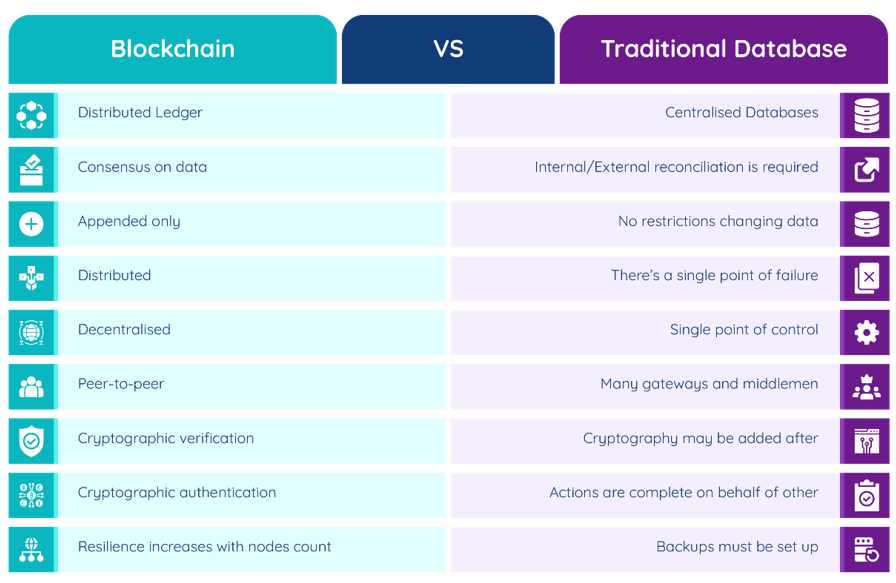This article was published as a part of the Data Science Blogathon.
Introduction
One of the newest advertising buzzwords is blockchain. Although Bitcoin is unusual, the fundamental innovation’s potential is enormous. Something that was once only an invention is now no less than in charge of an uprising. Since they have discovered the wealth of this brilliant invention, investors can now make enormous profits. Each day, industry experts and IT enthusiasts create new blockchain-based products.
So if you are thinking of kick-starting your career in this field, now is the best time to do so. In this article, you will find some of the best-curated questions that are asked in the interviews by the best companies in the industry.
Here we go!
FAQs on Blockchain
1) What do you mean by “Blockchain”?
A Blockchain can be summed up as a continuously creating ledger(file) that keeps an immutable record of the multitude of trades that have taken put, in a protected, ordered, and super durable way. It tends to be used for the solid trade of money, property, contracts, and so on without requiring an outsider middle person like a bank or government.
2) Differentiate between “Etherium” and “Bitcoin”.
The basic differences between the two are as follows :
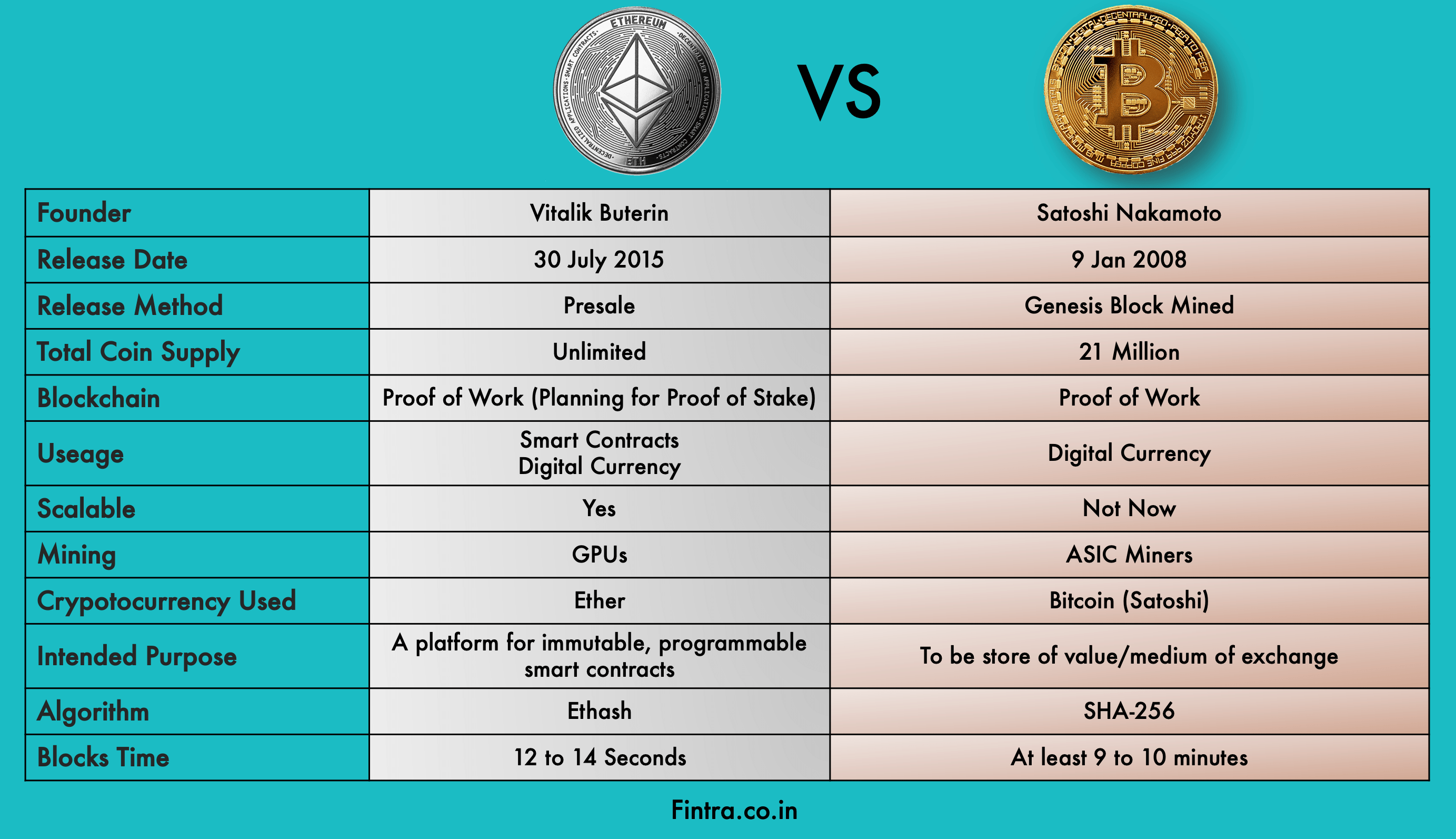
Image Source: link
3) What are the various categories into which Blockchain can be divided?
There are three sorts of Blockchains presented to the world.
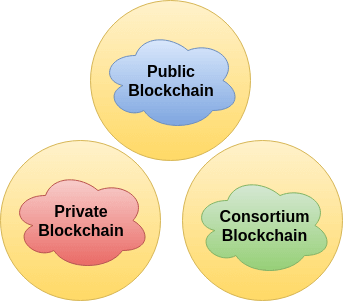
Image link: link
1. Open/Public Blockchain: A blockchain that is “for the persons, by the individuals, and of the individuals” can be referred to as an “open blockchain.” There is no in-charge, which means that anybody may access, input, and evaluate the blockchain. Anyone may view everything on an open blockchain since it is an open-source, distributed, and decentralized open record. Blockchains without permission are what is referred to as such.
2. Private Blockchain: A Private blockchain could be a private property of a person or an organization. It is controlled by a single organization that decides who can peruse it, yield the exchange to it, and who can take part in the agreement preparation. They are considered to be Permissioned blockchains.
3. Consortium Blockchain or Unified Blockchain: In this blockchain, the agreement handle is controlled by a pre-selected gather, i.e., a bunch of companies or agent people. These pre-selected bunch comes together and makes decisions for the benefit of the whole network.
4) Where is the “Blockchain” stored or kept?
The blockchain can be either put away as a level record or as a database.
5) Mention some important features of Blockchain.
- Decentralized Systems
- Distributed ledger
- Safer & Secure Ecosystem
- Fast
- Low Transaction Fees
- Fault-Tolerant
- Minting
6) What are “blocks” in Blockchain?
A Blockchain comprises a list of records (some or all of the later exchange). Such records are put away in “blocks“. Each time a block gets completed, a modern piece is created. The piece connected with other blocks constitutes a chain of blocks called Blockchain. Each block, after being included in the blockchain, will be put away as a changeless database. We cannot erase or switch any piece from the blockchain.
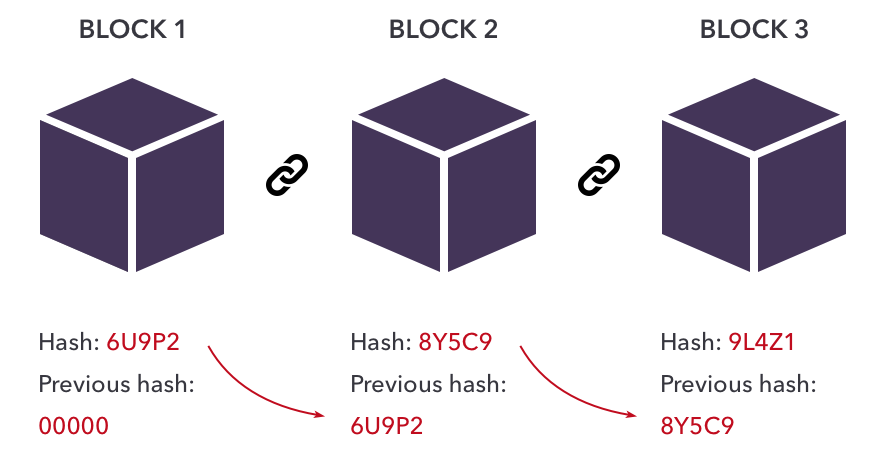
Image link: link
7) Can one change the data in a block?
No, one cannot directly change or modify the data in a block. For the particular case, where some change needs to be done, One has to erase the information in all of the associated blocks too.
8) Can one completely remove a block from a network?
Yes, it is conceivable to expel a total block from a chain. There are times when only a particular section from the file is to be considered. There are default alternatives and channels that can offer assistance to us do this without going through a lot of hassle.
9) Mention some important advantages of using Blockchain.
Some important features of Blockchain that make it beneficial are :
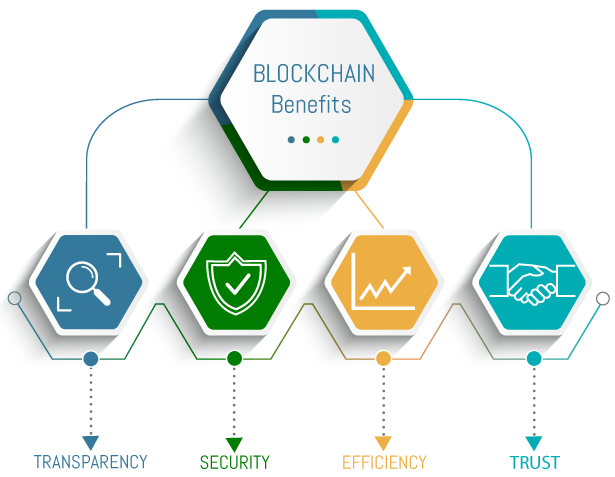
Image link: link
Real-time settlement: In the financial sector, blockchain can enable faster settlement of transactions. There is no need for lengthy verification, settlement, and clearance processes as there is only one version of the data agreed upon among all stack owners.
Reduce costs: Blockchain allows peer-to-peer transactions without the need for third parties such as banks, reducing asset transaction costs.
Security and Resilience: Blockchain uses very advanced cryptography to ensure that the information that will be locked inside the blockchain is safe from hacking and fraud attacks. It uses Distributed Ledger technology where each party keeps a copy of the original chain, so the system remains functional even if a large number of other nodes fail.
Immutability: A blockchain records transactions in chronological order, meaning that each transaction occurs after the previous one. The chronological order confirms the immutability of all blockchain operations. This means that when a new block is added to the ledger chain, it cannot be deleted or modified.
User Pseudonymity: This is a state where a user has a consistent identifier that is not the user’s real name. Real identities are only available to administrators. It allows users to communicate with others generally anonymously. It helps to maintain user privacy and allows free transactions without any security concerns. In the blockchain, your nickname is the address where you receive your Bitcoins. Every transaction related to this address is permanently stored in the blockchain. If your address is linked to your identity, every transaction is linked to you. It is recommended that you use a new address each time for each transaction to avoid transactions being linked to a common owner.
10) What do you mean by “Double Spend”? Is it allowed in the concept of Blockchain?
“Double Spending” basically means multiple uses of the same money, for multiple transactions. Now in the real world, that is never possible. Nut in digital currencies, like Bitcoin, there might arise a case, that the same Bitcoin is used by the user for multiple transactions.
Blockchain prevents this case of Double Spending, by applying a mechanism, that confirms from multiple parties the authenticity before that transaction occurs.
11) What do you understand by “ledger” in Blockchain?
When we mention “ledger”, we mean a file that is always growing. It is used to keep the track of all the transactions that are happening between two different parties in a blockchain network.
12) Why is it so trustworthy?
Blockchain may be a trusted approach due to the reasons:
-
Because it is open-source, it works well with other trading applications.
- It is encrypted, secure, and hacker-verified.
- It cannot be managed by a central expert.
- On how an exchange is integrated into the blockchain, all participants agreed.
- The fact that the exchange is permanent means that once it has been recorded on the blockchain, it cannot be changed.
13) What do you mean by DAO in a blockchain network?
A decentralized autonomous organization (DAO) is a substance with no central administration. Choices get made from the bottom-up, represented by a community organized around a particular set of rules upheld on a blockchain.
DAOs are internet-based organizations that are collaboratively owned and managed by their members. With the support of their people, they have internal treasuries that are essentially open. Recommendations that get votes over a predetermined period are used to make decisions.
14) Mention the basic differences between blockchain and regular databases.
15) What do you mean by Cryptocurrency?
A sophisticated asset (money) that may be used to exchange value between parties is cryptocurrency. It uses strong encryption to safeguard and verify financial transactions and to regulate the production of contemporary units of that currency. It may be digital money, so as far as we are aware, it doesn’t really exist. Bitcoin, Litecoin, Z-Cash, Monero, Sprint, and other well-known cryptocurrencies are only a handful.
16) Mention some drawbacks.
17) How does Bitcoin implement Blockchain?
A transaction may be a transaction of value between Bitcoin wallets that gets included within the blockchain. Bitcoin wallets keep a mysterious piece of information called a private key. The private key is utilized to sign exchanges and give numerical verification that they have come from the proprietor of the wallet.
18) What is Consensus Algorithm?
The consensus algorithm is the strategy of picking up agreement on a alter of information over the framework or dispersed organize. Agreement calculations are often used in blockchains because they empower the organization of obscure hubs to reach an agreement on the information that’s being put away or shared through the blockchain.
19) What are Merkle trees?
Merkle Tree too known as ‘hash tree’ may be an information structure in cryptography in which each leaf hub may be a hash of a square of information, and each non-leaf hub may be a hash of its child hubs.
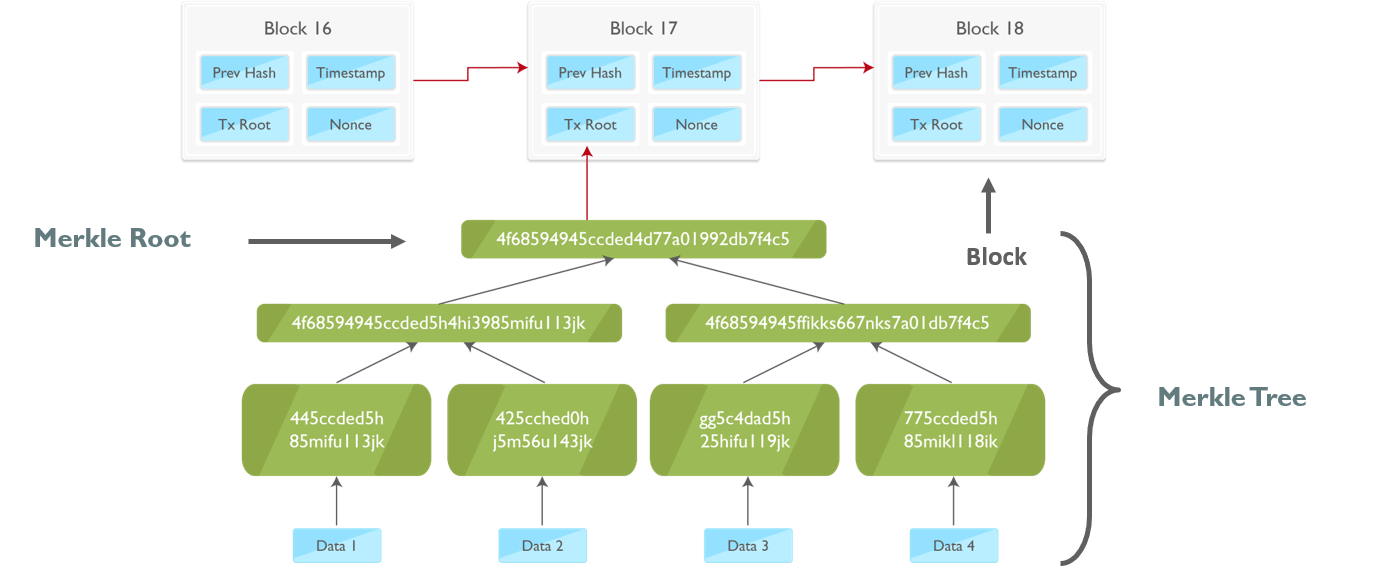
Image source: link
20) Do you know about the 51% attack?
51 per cent Attack refers to a situation where a group of miners with more than 50% of the aggregate hash rate could control the unconfirmed transactions (by stopping them from proceeding or by obtaining confirmations) or be able to reverse the unconfirmed transactions and essentially perform double-spending. Being able to achieve it now is exceedingly implausible, yet it is still possible.
21) If you face a case of risk and vulnerability, how are you going to manage it and secure the transactions?
The leading thing that can be done with this approach is to require the correct countermeasures against them immediately.
Another approach is to pay consideration to a reinforcement arrangement. Based on the esteem of data, more approaches such as buying modern chance administration computer programs can be considered. The prime hazard to data is from black-hat programmers.
Conclusion
In the case that you are really into turning your passion for blockchain development into reality and in case your heart is set on making the jump, you’ll certainly be able to arrive at a profitable job within the blockchain circle.
As its business has the potential to be very uncomfortable, it is important to educate yourself on the topic on a daily basis by reading at least one article about it. You can change the world for the better with the aid of this.
Each concept that you just learn and each piece of information you pick up will make the environment prosper.
Hope these 21 questions help you in your upcoming interview. This question is curated from various resources available online and interview experiences and some blockchain coders as well.
Thanks for reading. If you come across a doubt, you can connect with me through my socials: Linked-in.
Want to learn how to build a blockchain model in python? Read here!
The media shown in this article is not owned by Analytics Vidhya and is used at the Author’s discretion.
